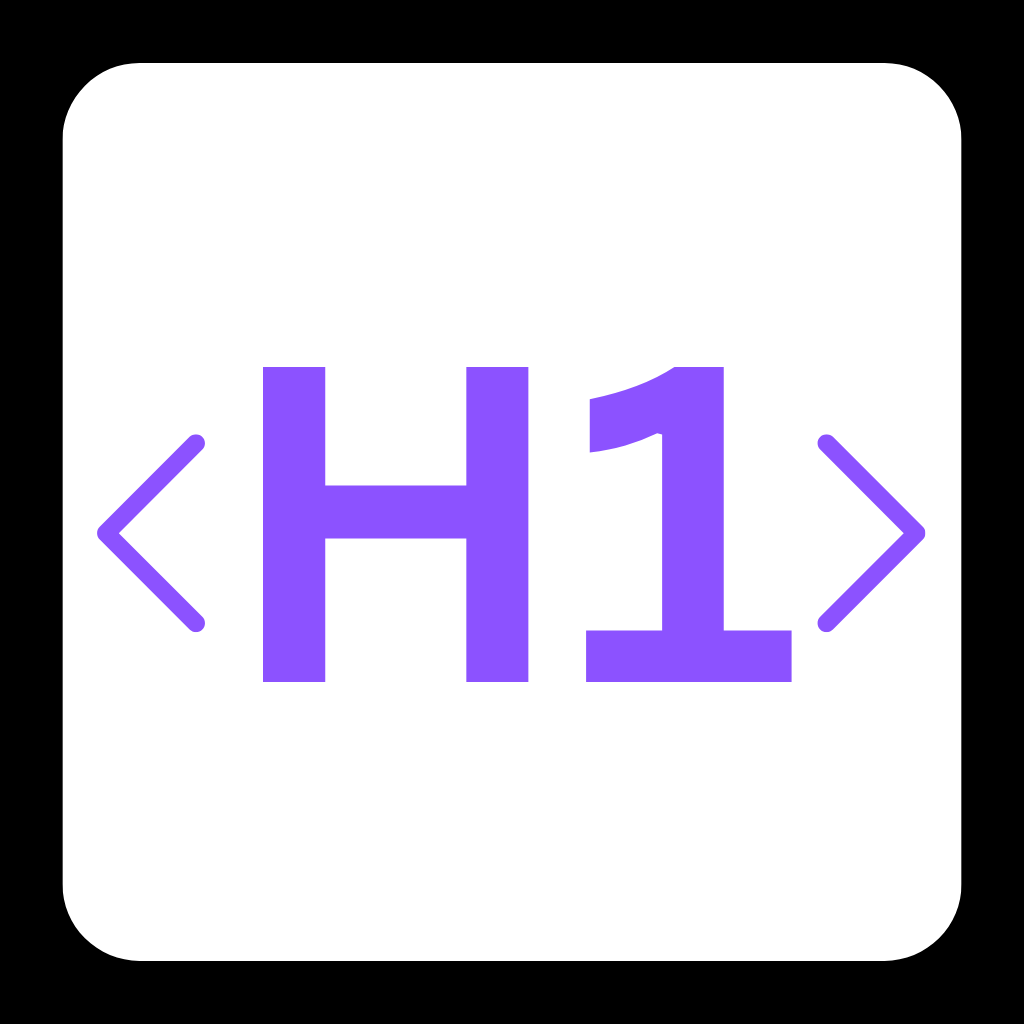Can NIH and FDA Get on the Same Page About AI? Why Their Diverging Paths Matter for Medical Innovation

Artificial intelligence is transforming health care—but when two of America’s top health agencies can’t agree on how to manage it, what are the risks and rewards for patients, researchers, and innovators?
With the NIH and FDA now moving in different directions on their AI strategies, a rift could shape everything from drug discovery to clinical tools and public trust. Will this divergence ignite new innovation or lead to confusion and slowdowns? Let’s dive in.
🔍 The AI Strategy Dilemma: NIH vs. FDA
- FDA’s Rapid Deployment: This week, the FDA rushed out a new AI tool across the agency—fast-tracking adoption and signaling a “move fast” mentality.
- NIH’s Open Call: In contrast, NIH’s principal deputy director Matthew Memoli announced a public request for input on NIH’s AI strategy—aiming for collaboration, feedback, and long-term trust.
- Leadership Shuffle: NIH’s inaugural chief AI officer, Gil Alterovitz, recently stepped down, with plans for a new appointment—raising questions about continuity and direction.
- Data Deluge: With biomedical research datasets growing exponentially, both agencies face pressure to harness AI for insights and efficiency, but are choosing sharply different playbooks.
This clash isn’t just a bureaucratic curiosity—it’s a real crossroads for how cutting-edge tech shapes the future of medicine.
🧬 Why the Divergence?
The gap between the NIH and FDA boils down to core mission and philosophy.
- NIH: As the nation’s medical research agency, NIH views AI as a fundamental tool for advancing science, from supercharging peer review to powering breakthrough studies. They’re betting that getting public input will build trust and transparency as AI takes a bigger role in labs and research grants.
- FDA: With its regulatory muscle and focus on product safety, FDA’s interest is getting practical AI applications deployed now—not years from now—especially as AI-powered software and devices flood the market.
Both approaches have merit, but when they move at radically different speeds, it creates:
- Innovation gaps: Researchers and startups caught between shifting requirements.
- Trust concerns: If some tools are perceived as ‘rushed’ without vetting, will clinicians use them?
- Policy whiplash: Frequent leadership changes (like at NIH) can stall critical AI initiatives.
✅ How NIH Is Tackling the AI Puzzle
- NIH issued a public request for strategy input — inviting scientists, clinicians, and the public to help shape policies about AI research, applications, and even AI’s role in peer review.
- Transparency at the forefront: They aim to set standards for trustworthiness and reproducibility in the AI tools they use and fund.
- Leadership shakeup: Though Gil Alterovitz has stepped down as chief AI officer, a new leader is anticipated to guide strategy—suggesting the agency wants stability and expertise.
✅ Potential benefits:
- More rigorous vetting of AI tools in research
- Broad buy-in from the scientific community and patients
- Greater transparency, reducing skepticism over ‘black box’ AI algorithms
🚧 Challenges on the Road Ahead
- 🚧 Regulation & Politics: The NIH made their announcement at a nonprofit health AI event (run by the Coalition for Health AI), despite prior political backlash—last year, four House Republicans criticized federal ties to the group, triggering resignations from the CHAI board.
- ⚠️ Leadership churn: Frequent changes at the top (like the departure of NIH’s first chief AI officer) can create confusion and slow progress on unified standards.
- 🚧 Conflicting Priorities: FDA’s move-fast ethos versus NIH’s inclusive, methodical path could confuse health tech developers navigating requirements and compliance.
- ⚠️ Building Public Trust: Success for both agencies depends on convincing clinicians, researchers, and patients that AI will make care better, not riskier.
🚀 Final Thoughts: Can the Two Tracks Reunite?
The NIH and FDA both want what’s best for American health care, but right now, their AI strategies couldn’t look more different. Success will depend on finding:
- ✅ Clear benchmarks for safety and transparency
- ✅ Strong, stable leadership guiding each agency’s approach
- ✅ Communication between regulators, researchers, and technology developers
- 📉 But, if confusion reigns, we risk slower innovation, ‘AI fatigue’ among clinicians, or a credibility crisis with the public.
What do you think? Should agencies move fast and break things, or slow down to build trust? How can patients, clinicians, and developers have a voice in the future of medical AI?
Let us know on X (Former Twitter)
Sources: O. Rose Broderick. NIH, FDA diverge on AI strategy, June 6, 2025. https://www.statnews.com/2025/06/06/health-news-nih-fda-ai-taurine-red-bull-medicaid-glp-1-mirror-box-morning-rounds/










